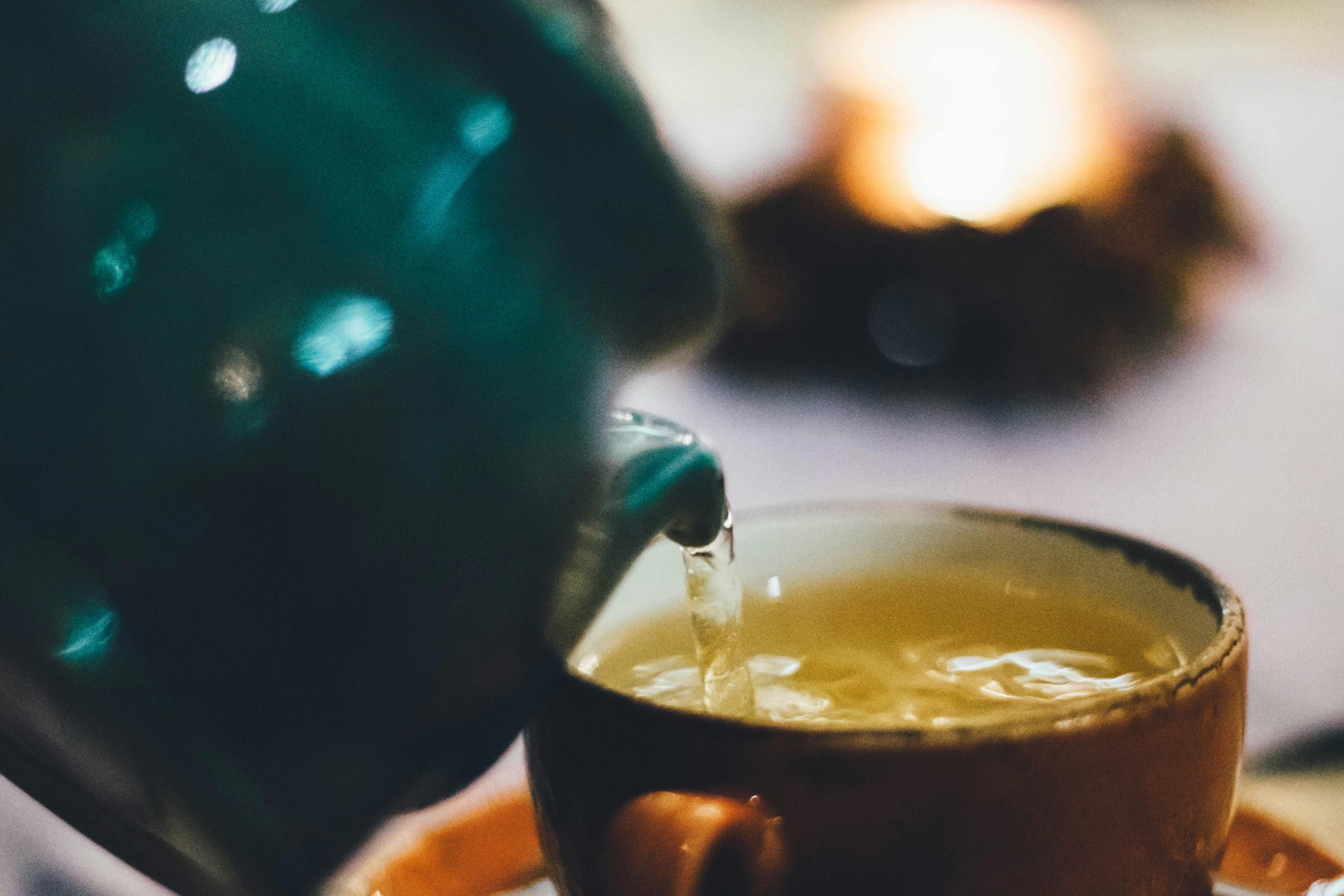Table of Contents
![]()
Tea tasting is both an art and a science, blending the rich history of tea culture with the sensory exploration of flavor. Whether you are a novice tea drinker or a seasoned connoisseur, developing a refined palate can enhance your appreciation of tea’s diverse and complex flavors. This guide explores the fundamentals of tea tasting, from understanding tea basics to advanced tasting techniques, helping you embark on a journey to master the art of tea tasting.
Understanding Tea Basics
Types of Tea and Their Characteristics
Tea, a beverage enjoyed worldwide, comes in several primary types, each with unique characteristics:
- White Tea: Known for its delicate flavor and subtle sweetness, white tea is minimally processed, allowing the leaves to retain their natural flavor.
- Green Tea: With a fresh, grassy flavor, green tea undergoes minimal oxidation during processing, preserving its vibrant green color and delicate taste.
- Oolong Tea: This tea is partially oxidized, placing it between green and black teas in terms of flavor complexity. It often exhibits a range of floral and fruity notes.
- Black Tea: Fully oxidized, black tea is robust and full-bodied, with a diverse range of flavors from malty and sweet to astringent and bold.
- Pu-erh Tea: A fermented tea from Yunnan province, pu-erh develops rich, earthy flavors over time, often aging for several years.
Factors Influencing Tea Flavor
Several factors contribute to the flavor profile of tea:
- Leaf Type and Processing: The specific tea plant variety and processing method (steaming, pan-firing, oxidation) significantly impact flavor.
- Growing Conditions: Soil, altitude, and climate influence the taste of the tea leaves.
- Harvest Time: The timing of the harvest, including the season and the age of the leaves, affects the tea’s flavor and quality.
Preparing for Tea Tasting
Essential Tools
To fully experience the nuances of tea, you’ll need a few key tools:
- Tea Cups and Teapots: Use clean, neutral cups and teapots to avoid altering the tea’s flavor. Porcelain or glass is preferred.
- Tasting Spoons: Small spoons designed for tasting help in evaluating the tea’s aroma and taste.
- Water Temperature and Quality: Use filtered water and ensure it is at the correct temperature for the specific type of tea to avoid bitterness or dullness.
Creating the Right Environment
A neutral, quiet environment enhances your tea-tasting experience:
- Neutral Setting: Minimize distractions and odors that might interfere with your ability to detect subtle flavors.
- Avoiding Strong Odors: Refrain from consuming strong-smelling foods or using heavily scented products before tasting tea.
Developing Tasting Skills
Techniques for Tasting
Effective tea tasting involves several sensory evaluations:
- Observing the Tea: Start by examining the tea’s appearance. Note its color and clarity. A well-brewed tea should be clear and vibrant, with color varying according to the tea type.
- Smelling the Tea: Aroma plays a crucial role in flavor perception. Take note of the tea’s fragrance, identifying any floral, fruity, or earthy notes.
- Tasting the Tea: Sip the tea and let it coat your palate. Pay attention to its flavor profile, texture, and aftertaste. Use the slurping technique to aerate the tea, enhancing your ability to taste its nuances.
Keeping a Tasting Journal
Documenting your tea-tasting experiences helps in refining your palate:
- Recording Observations: Note the tea’s appearance, aroma, flavor, and texture. Include details about the tea’s type and origin.
- Noting Preferences and Trends: Track your preferences and identify any patterns in the flavors you enjoy or dislike.
Exploring Flavor Profiles
Common Flavor Categories
Tea flavors can be broadly categorized into several profiles:
- Floral: Notes of jasmine, rose, or lavender.
- Fruity: Flavors reminiscent of fruits like apricot, peach, or citrus.
- Nutty: Hints of almond, chestnut, or hazelnut.
- Spicy: Tastes of cinnamon, clove, or pepper.
- Earthy: Rich, deep flavors often found in pu-erh tea.
Pairing Teas with Foods
Enhancing your tea-tasting experience through food pairings:
- Complementary Flavors: Match teas with foods that bring out similar flavor notes. For example, a floral oolong pairs well with light pastries.
- Enhancing the Tasting Experience: Experiment with different combinations to discover how flavors interact and enhance each other.
Advanced Tasting Techniques
Developing Sensory Sensitivity
To refine your palate further:
- Training the Palate: Regular tasting practice helps in identifying subtle differences and developing a more sensitive palate.
- Identifying Subtle Differences: Focus on the nuances in flavor, texture, and aroma to distinguish between similar teas.
Comparing Teas
Side-by-side tasting can reveal differences:
- Evaluating and Contrasting: Compare teas of the same type or from different regions to understand their unique characteristics and flavor profiles.
Troubleshooting Common Issues
Overcoming Palate Fatigue
- Solutions: Take breaks between tastings to reset your palate and avoid overwhelming your senses.
Addressing Biases and Preconceptions
- Solutions: Approach each tea with an open mind, free from preconceived notions about its quality or flavor.
Adapting Tasting Techniques for Different Teas
- Solutions: Adjust brewing times and temperatures based on the tea type to ensure optimal flavor extraction.
Conclusion
Mastering the art of tea tasting is a continuous journey of exploration and refinement. By developing your palate and understanding the intricate details of tea flavors, you can enhance your enjoyment and appreciation of this timeless beverage. Practice regularly, keep a tasting journal, and remain open to new experiences. With time and dedication, you’ll uncover the rich tapestry of flavors that tea has to offer and share your newfound knowledge with fellow tea enthusiasts.
Share This





Be the first to comment